-
Posts
55 -
Joined
-
Last visited
Content Type
Profiles
Forums
Events
Posts posted by Geophizz
-
-
Is the Scarecrow of Oz forum limited to TWO participants? I tried to downlod the script for Scarecrow, and on two out of the three versions I get a " you do not have permission to be here" kind of message. I also tried to vote in the Captain Bill poll, but I can't download the voice samples for the same reason.
-
I tried to look at it, but my browser is showing nothng. Try uploading the file again.
-
This is a WIP that I'm doing for the 11 Second Club. It's far from finished, but I thought that I was pretty much done up to frame 120, but it's getting hammered over there and I'm not sure where to start fixing.
Any suggestions would be welcome.
-
What Robert said.
As I recall you (Robert) were one of the champions, if not the primary champion, of keeping the PWS timeline (what I call the Channel Editor).
I've grown more use to using the Timeline these days but there are times when I find I prefer to use the PWS timeline almost exclusively. I'm not sure I favor one over the other... I like to use them both.
I've yet to really get set up again after my recent move but hope to be there soon.
Its been entirely too long since I've worked on any project short of small tests in A:M.
Little things like optimizing windows/screens for better playback can make a big difference in workflow so I'm enjoying the discussion.
As far as I can tell, the PWS and the Timeline are nearly identical, with the PWS being a bit more powerful because it can almost do all the functions of the property window too. Is there something unique about the timeline that I'm missing?
-
Just to be clear as there is often confusion between the Timeline and Channel Editor (apologies if I have it wrong!)...
In the attached image the Timeline is turned off entirely.
The Channel Editor to the right of the Project Workspace (PWS) cannot be turned off. It can only be hidden.
If it is showing --even a sliver-- A:M reads... updates... maintains... the Channel Editor data which requires computation/processing.
The only way to tell A:M to free that up is to hide the Channel Editor window.
During TWO production the idea of discontinuing the Channel Editor was considered as the Timeline can provide this functionality.
As I recall the decision was that the Channel Editor is too essential a feature to users to abandoned but... consider why discontinuing it was considered! Most of us don't think about hiding the Channel Editor. We just use what is there.
Note that I cannot recall whether Hash Inc made changes to the Channel Editor based on this finding. They may have.
(all this for what its worth and for further clarification of my suggestion)
Are you saying that if I hide the project workspace from the view menu it won't turn off the channel editor? If so that would account for the lack of change in the fps.
I never thought about hiding it, even though I knew that it caused slowdowns. Going into choreography mode instead of skeletal mode and deselecting all usually did the trick for me, but not in this case. I usually use the project workspace with the channel editor showing across the bottom of the screen. I usually have the timeline turned off altogether because with the channel editor I find it redundant.
I think that Hash may have done some work on it because I loaded an old project in v15 that I had trouble with v13/14, and I can consistently get 20-30 fps (and at one point got 40!) from it now. In V13/14 I could only manage 10.
-
I haven't seen this one mentioned yet so will offer it. Martin Hash was the first to identify the issue here in the forum
Hide your Channel Window if you aren't using it (thats the timeline-like area/dopeheet to the right of your Project Workspace for those that don't know). A:M reportedly can be slowed down considerably as it has to update if its in view.
The memory hit should be more if animating or modeling but might slow playback down as well.
I'd done a similar thing, by going into choreography mode and deselecting all so there were no tracks in the timeline, it was the only way that I could even get the paltry fps that I got. I just tried to run it with the window closed completely, and there was no effect on the playback.
The best results that I've gotten come from turning off all of the models in the chor except the one that I'm working with. That way I can get about 14fps on the PC and about 10 on the Mac. It also appears that there is no difference between using low detail shading or wireframe.
Mark
-
Also... a P4... it's probably working pretty hard to get what your getting.
Actually my P4 is significantly faster than my Core Duo at most things, because unless the software can take advantage of the multiple cores, you are essentially running them on a P3.
Agreed about Sam and the patches. The extra control over the facial expressions are nice though.
Mark
-
Thanks for the suggestions. I've tried them all, without much luck until I turned off the two models that I wasn't actively working on. I put the one that I was working on in wireframe bounding box mode at the lowest possible resolution, with back facing poly's off. With that I was able to consistently get 8-9 fps. Ken I looked to switch to OpenGL, but I was already there, so I switched to DirectX (Yuck). That gave me an extra 3-4 fps, so al in all, I'm up to 12-14fps.
I even tried setting threads in the preferences, but thn all I got was a rig moving independently of the rest of the model at about 7 fps.
Looking at the wireframes, I noticed that the Sam models have very high patch counts compared to the other models that I've used, plus, even if I have a camera view with only one model in the shot, it is still affected by the other models in the choreography.
Here's the WIP, so that you can see the simplicity of the first shot and the complexity of the second: http://www.vimeo.com/1071050
Mark
-
I'm working on an entry for the 11 Second Club, which has three Squetchy Sam characters in it, plus a couple of stationary props. My problem is that the choreography is playing back so slowly that I can't get any sense of the motion or the timing without rendering out a quicktime every half hour or so.
I've got relatively big iron hardware (3.0ghz P4 HT, 2GB RAM, 80gb HD running WinXP and AM14), and I usually I can get 30fps with an older rig, like the Knight or Shaggy. I know that the squetchy rig is more complex, but does it really slow things down that much? I've got version 15 on my dual core Mac, but I can't even run this choreography at all on that machine because its not even managing 1fps.
More importantly, does anyone have any tricks to speed up the playback in the choreography window? I've tried turing down the details, going to wireframe, shringing the choreography window size, all to no avail. The best that I can get is about 2fps. Any help would be much appreciated.
Mark
-
I just upgraded my Mac to Leopard, formatting the hard drive along the way. First I backed up the old drive to a disk image on a firewire external drive first, then ran the Leopard install, telling it to erase the hard drive and do a clean install. Leopard saw the disk image as another Mac and asked me if I wanted to move over programs and settings, and I clicked yes. It allowed me to move over all of my keyed software, including AM, without a hitch. Then I deleted the old image.
Since you are getting a new PC, it should be easier for you. I know that PCs have the same type of thing when you first set one up, giving you the option to move software and settings from the old one to the new one. Just connect them over the network and go.
Mark
-
Running AM on a virtual machine can be done, but I've found that in general, it's not worth the effort.
I've run AM under VirtualPC. It's VERY slow for animating, but it runs fairly well for rendering. It also had a really hard time reading the AM CD to start up, taking about a half hour to get to a useable state. After that I had to remember to pause the Virtual machine, not shut it down, otherwise I'd have to wait the half hour again the next time I used AM.
I've also run it under Parallels for the Mac. It's a lot slower than running the Mac version of AM, but it runs better than on VirtualPC.
-
Hi All,
I am contemplating the purchase of a new 24" iMac. I've never had an Apple before - I've always been Windows/Intel. Now I'm told that the new iMac runs Leopard as an OS. Will AM run on this machine?
Cheers
I bought a MacBook Pro two years ago, installed Parallels, and never looked back. Parallels is a wonderful program that allows me to run the two PC applications that I still need alongside my Mac applications, even allowing cutting and pasting between them. I've even convinced my boss to let me have a Mac at work, and I work in the IT department supporting a PC network!
AM v14 runs extremely well on my Mac, although I had some troubles with v13. V12 and below should not be used on Intel based Macs. Macs are also far better suited to graphics processing and workflow than PCs. I can create a soundtrack with Garage Band or Soundtrack, easily import that into AM and animate to it, then render and import the resulting file into iMovie or Final Cut Express, add graphics or special effects, then output to DVD, Tape, Quicktime, AVI or Podcast pretty much seamlessly. I also have iWork installed, because Keynote gives me a really easy way to create credit rolls and transitions that are tough to do in Final Cut or iMovie.
One thing to be aware of is that I have found that whether you use a Mac or PC, the AM User interface in general runs more slowly on Intel Core based processors than on Pentium 4 based machines. When animating in bones mode my PC, I typically see frame refresh rates of 30fps or better with moderate detail, while on Core Duo based machines I see refresh rates of 10-15 fps, even with the detail dialed down to minimum. To get close to 30 fps I have to go into choreography mode and make sure that no objects are selected, something that I don't have to do on my Pentium 4 machine. Rendering on the Mac is a bit slower, because the renderer hasn't yet been changed to support multiple cores. I'm sure that Hash will fix this sometime in the v14 or 15 cycle, but from what I understand, the programming required is difficult.
Good Luck
Mark Stoughton
-
MY specs are:
MacBook Pro MacOSX 10,4,9 Tiger
Intel core 2 duo 2,33GHz
2GB DDR2
120GB HDD
ATI Mobility Radeon X1600 256MB DDR3
but i only get low framerates when using bones what so ever.
rigging and animation is slow but not the other tings.
Rendering is not bad tho.
That's pretty much the same specs as my MacBook (10.4.9, 1.83ghz, 2GB RAM, 80Gb HD), so I'm not surprised that you're seeing the problem. My render speeds aren't bad either. I don't have access to a Core Duo PC, but I'd be interested to see what others are finding.
-
I think it's also dependent on the hardware that you're using. It seems to me to be directly related to the clock speed of the processor. I've run AM on a number of different platforms, and I've found that this problem does not exist on any Pentium 4 class computers 2.4ghz or faster. I see it on both my 1.8ghz P4 and my MacBook Pro 1.83 Core Duo, but not on my 2.6 and 3.0ghz P4 machines.
Somewhere in the forum here I read a post from Martin that mentions that AM is currently only using one core on the MacBook, and that he's just starting to program multi core support for rendering.
-
Add the null in the choreography or action, right click in a blank space of the window and select new>null. don't add it to the model.
Oh, I get it now. Thanks
-
Maybe you have some video reference or screenshots? Perhaps you might need to make a specific root bone(s) with the start at the head and end at the feet.
The reference video thgat I'm using is at: http://www.urbanclimbermag.tv/videos/displ...mp;ObjMgrIC=699
The particular climb that I am using is about 2/3 of the way through. I'm posing a few screenshots here too.
I think that the null idea is what I'm looking for, but none of the references that I have (TOAM, Tech Ref, both editions of Paries and Rogers books) show a good way to add a null to a model. Can anyone point me in the direction of a good tutorial, or post some instructions here?
Thanks
Mark
-
I have a choreography where the Knight character is hanging from a wall, and he needs to swing his body up over the top. I've studied videos of "urban" climbers, who climb walls, buiding etc, and what they do is swing their legs so that they can hook one leg over the top of the wall. To do that the pivot point is centered at about the neck and shoulders.
No matter what I've tried, I can't get the knight to swing properly. I have the hands constrained to the wall so that they don't move during the swing. I've tried swinging the model bone in an arc, and moving the feet and hips in an arc, both to no avail. Most of the time, the hands get really screwed up, and at best, the swing doesn't look at all natural.
Any advice would be most welcome.
Thanks
Mark Stoughton
-
Martin
Thanks for that little ditty, its great to know that MP will be available for MacTosh but I was hoping that speeding up bones mode would be improved.
Currently I have a 20" Core Duo Mac with an ATI X1600 GPU which ain't bad. Modelling if fine but animating is a chore. It really chuggs when in bones mode or when bones are visible in an action or choreography. It's painful.
Could we speed this up at all or is there something I am missing?
I've noticed this too. I've got both a P4 3ghz PC and a 1.83ghz MacBook Pro. Bones mode on the PC runs at or very near to real time, 25-29FPS, while on the MacBook the same choreography runs at about 9-12FPS. I'm guessing it's because AM dosn't use both cores in bones mode, so it is in essence a 1.83Ghz single core. Switching to choreography mode helps quite a bit, and the Mac can get up to about 20-24FPS, but playback is still a bit choppy.
Mark
-
I'm working on a choreography, and I made a lot of mistakes moving the model around. Now the character is far away from the model bone, and I need to animate a long straight ahead walk (no walk cycles). I'm finding it difficult to get the character to walk smoothly.
I'd like to replace the model with a new instance at the exact same point in the chor. I guess it would be like a stunt double. My current approach is to move the model bone of the original character out of the range of my camera with a hold interpolation, so the original model instantly dissapears, and replace it with the new model at the same location in the same pose with a hold interpolation. I'm planning a change is shot at the same time to try to hide the switch.
I'm not sure if my method is the best. Has anyone tried this, and if so, what method did you use?
Thanks
Mark Stoughton
-
Count me in too ...
-
Thanks for the input. It pointed out a lot of things that I missed after looking at it for three weeks.
I do have one question however, about the twinning at 27 secs. I did a bit of real life research, watching my children jump on the bed, trampolines, and any other springy object, and one thing that I noticed was that their arms and legs were almost universally "twinned" upon landing. This is why I did it with the knight.
My question is, Should the animation mimic real life and allow the twinning, or should I avoid the twinning as a rule, like how squash and stretch doesn't happen in life?
-
Sorry, I had a brain fart. It's better now.
-
I finally have an animation that is good enough to allow out of my computer for other people to critique. This is a WIP of an animation of the Knight trying to answer a phone. Please let me know what you think, and where I could improve. Thanks.

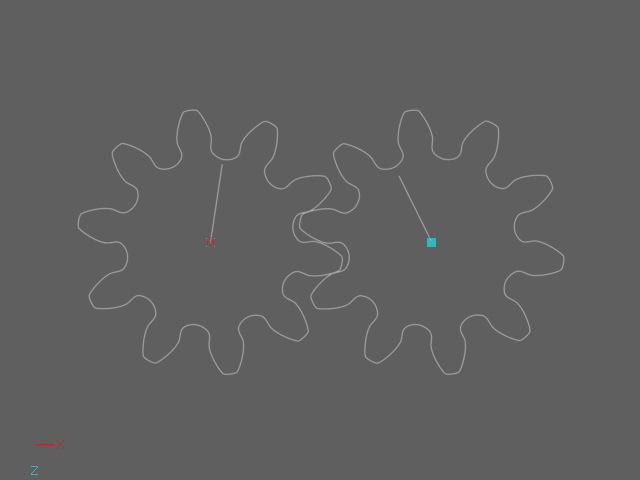
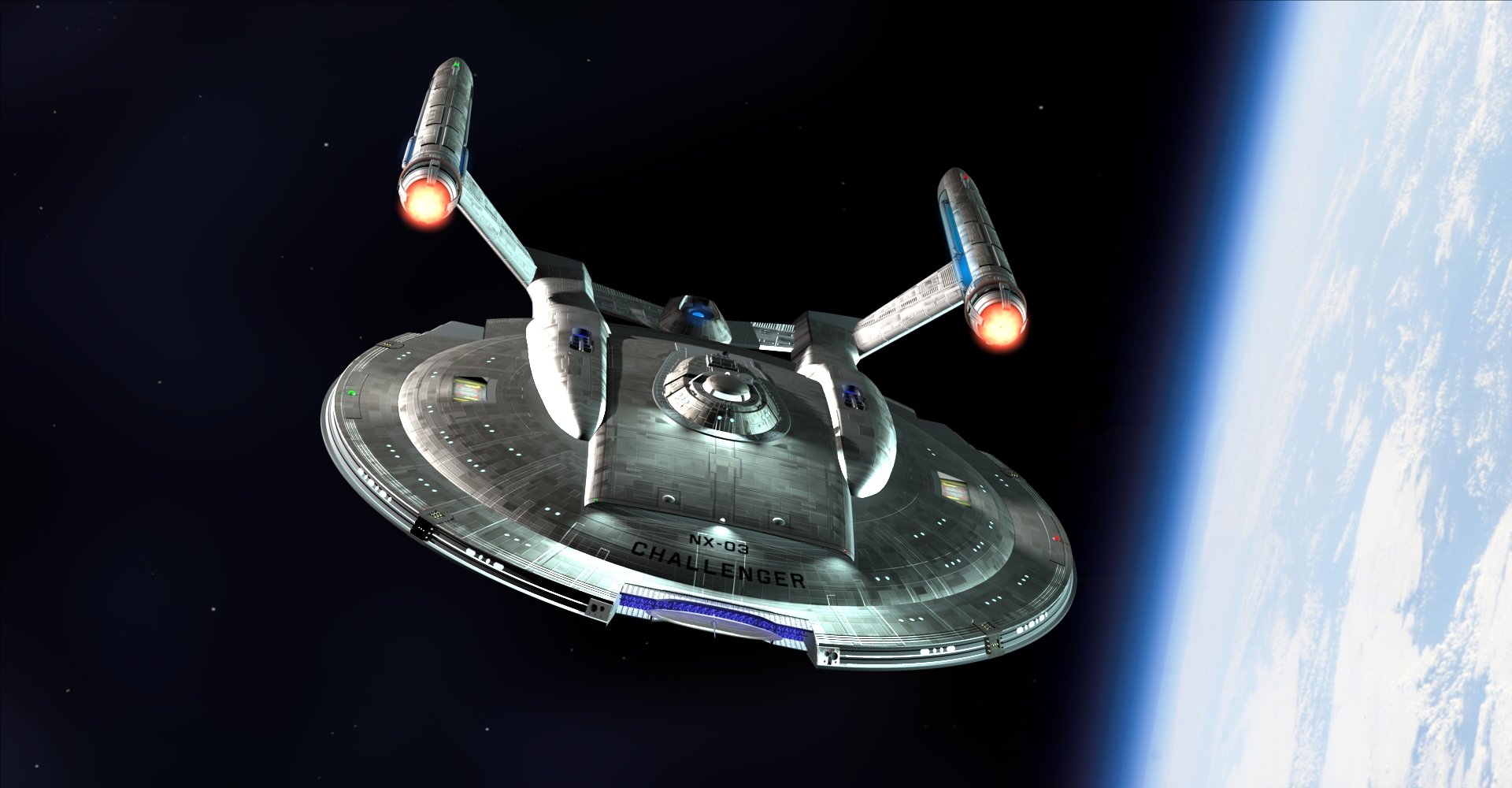
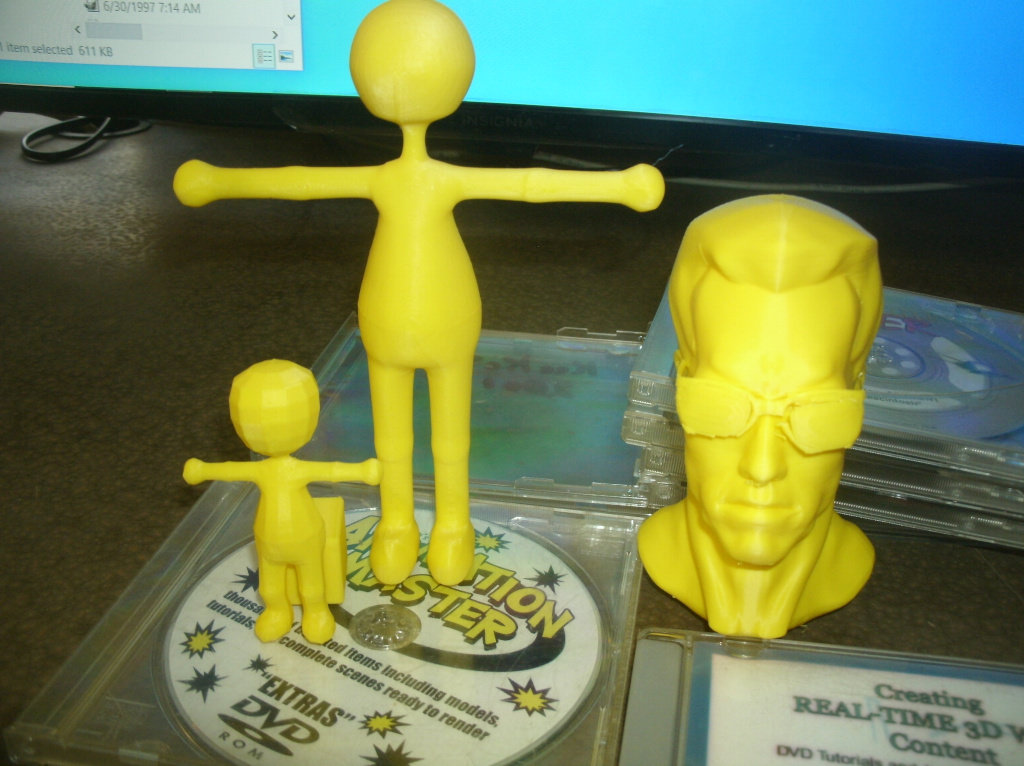
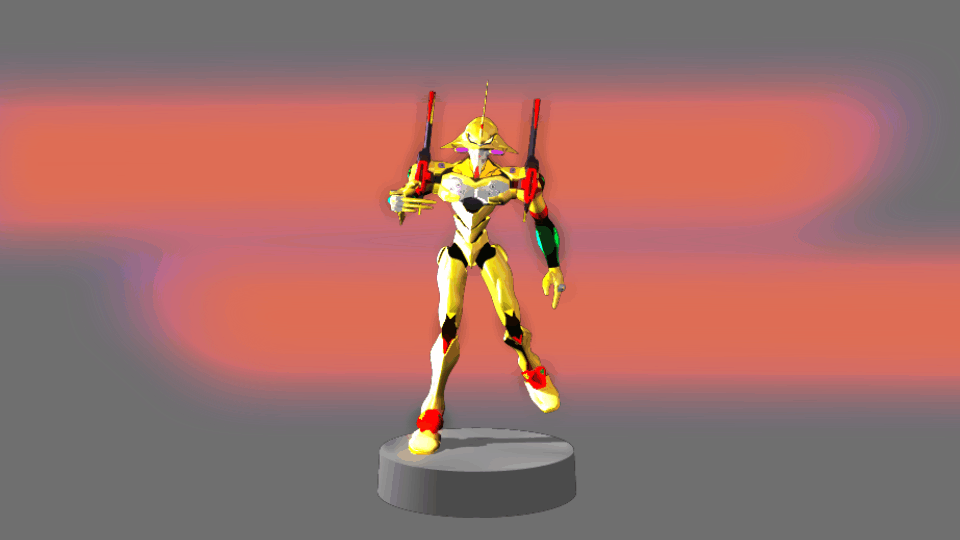
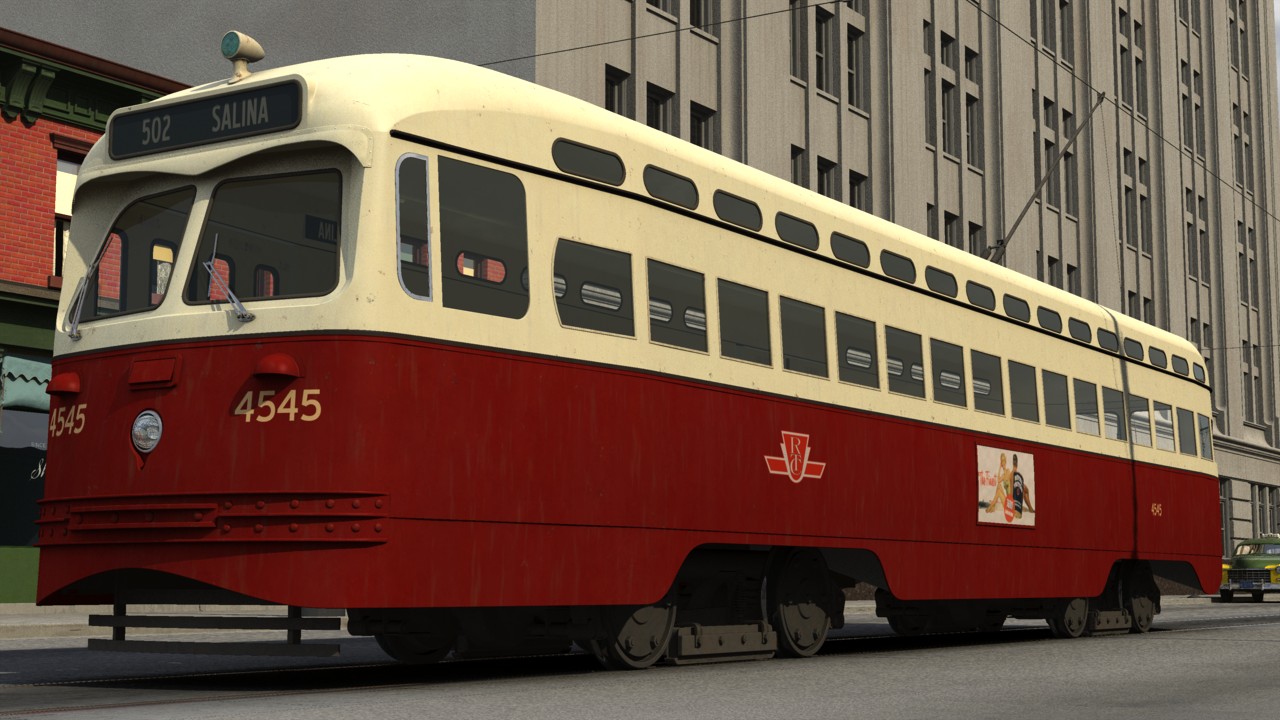



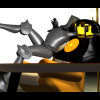
Scarecrow of Oz forum blocked?
in Forum Assistance
Posted
It's slightly better now, I can download the sample files. I still can;t post or vote for Captain Bill.